Ultimate Paris Neighborhood Guides: Discover the Heart of the City
This article may contain affiliate links. If you click on these links and make a purchase, we may receive a small commission at no extra cost to you. This helps support our website and allows us to continue to produce content like this. Thank you for your support!
Paris isn’t just a city—it’s a collection of distinct villages, each with its own personality, history, and charm. The true essence of the French capital lies in its neighborhoods, where centuries of culture have created unique pockets of Parisian life. From the aristocratic elegance of Saint-Germain-des-Prés to the bohemian spirit of Belleville, these diverse arrondissements offer authentic experiences far beyond the Eiffel Tower and Louvre.
Understanding Paris neighborhood guides is essential for experiencing the city like a local. Each district tells its own story through architecture, cuisine, and daily rhythms. Whether you’re drawn to historic streets lined with medieval buildings, artistic communities with vibrant street art, or trendy areas with cutting-edge boutiques, Paris rewards those who explore its neighborhoods with unforgettable moments and discoveries that most tourists miss.
Le Marais: Historic Elegance Meets Modern Chic
Spanning the 3rd and 4th arrondissements, Le Marais stands as one of Paris’s most captivating neighborhoods. Once the aristocratic district of Paris, it now blends medieval architecture with contemporary culture. Its narrow cobblestone streets and preserved mansions (hôtels particuliers) create a perfect backdrop for a day of exploration.
What Makes Le Marais Special
Le Marais is one of the few neighborhoods that escaped Baron Haussmann’s 19th-century urban renovations, preserving its pre-revolutionary character. Today, it’s known for its vibrant LGBTQ+ community, Jewish heritage, and fashion-forward boutiques. The district comes alive on Sundays when much of Paris closes, making it a perfect weekend destination.
Must-See Attractions in Le Marais
- Place des Vosges – Paris’s oldest planned square, surrounded by elegant red-brick buildings and perfect for a picnic
- Musée Picasso – Housed in the magnificent Hôtel Salé, featuring over 5,000 works by the iconic artist
- Centre Pompidou – The boundary-pushing modern art museum with its inside-out architecture
- Village Saint-Paul – A hidden network of courtyards filled with antique shops and artisan workshops
- Rue des Rosiers – The heart of Paris’s historic Jewish quarter with excellent falafel shops
Local Dining Recommendations
Le Marais offers some of Paris’s most diverse dining options. For an authentic experience, try L’As du Fallafel on Rue des Rosiers, famous for its Israeli street food and perpetual lines (worth the wait). For something sweet, Carette near Place des Vosges serves exquisite pastries in an elegant setting. Chez Janou offers classic French bistro fare with a Provençal twist and over 80 varieties of pastis.
Experience Le Marais Like a Local
Discover the hidden courtyards, secret gardens, and fascinating history of this historic district with a small-group walking tour led by expert local guides.
Montmartre: The Artistic Soul of Paris

Perched on Paris’s highest hill in the 18th arrondissement, Montmartre feels like a village within the city. This legendary neighborhood has been an artistic haven since the late 19th century when painters like Picasso, Modigliani, and Toulouse-Lautrec called it home, drawn by cheap rents and the bohemian atmosphere.
The Spirit of Montmartre
Despite being one of Paris’s most visited areas, Montmartre still maintains pockets of authentic charm. Venture away from the main tourist paths to discover quiet residential streets with flowering gardens, hidden vineyards, and windmills that recall the area’s rural past. The neighborhood offers spectacular views of Paris from its elevated position.
Iconic Landmarks and Hidden Corners
- Sacré-Cœur Basilica – The gleaming white church crowning the hill with panoramic city views
- Place du Tertre – The famous square where artists set up their easels to paint portraits
- Musée de Montmartre – A museum dedicated to the neighborhood’s bohemian history
- Vignes du Clos Montmartre – Paris’s last working vineyard, dating back to Roman times
- Moulin de la Galette – A historic windmill immortalized in Renoir’s famous painting
Where to Eat in Montmartre
For an authentic meal away from tourist traps, try La Maison Rose, the pink corner house featured in numerous paintings. Le Refuge des Fondus offers a quirky dining experience where wine is served in baby bottles. For breakfast, head to Hardware Société for some of the best coffee and eggs in Paris, or simply grab a fresh croissant from any of the local bakeries.
Discover Montmartre’s Artistic Legacy
Explore the haunts of famous artists, sample local delicacies, and learn about the fascinating history of Paris’s most picturesque neighborhood.
Saint-Germain-des-Prés: Intellectual Elegance
Located in the 6th arrondissement, Saint-Germain-des-Prés embodies Left Bank sophistication. Once the epicenter of Paris’s intellectual and literary scene, this is where Sartre, de Beauvoir, and Hemingway engaged in philosophical debates at historic cafés. Today, it balances its scholarly heritage with luxury shopping and upscale living.
The Legacy of Saint-Germain
Named after one of the oldest churches in Paris, Saint-Germain-des-Prés has evolved from a revolutionary hotbed of ideas to one of the city’s most refined neighborhoods. Its tree-lined boulevards, independent bookstores, and antique shops create an atmosphere of cultured elegance that continues to attract writers, philosophers, and artists.
Cultural Highlights
- Église de Saint-Germain-des-Prés – Paris’s oldest church, founded in the 6th century
- Luxembourg Gardens – The magnificent formal gardens surrounding the Luxembourg Palace
- Les Deux Magots and Café de Flore – The legendary cafés where existentialists gathered
- Musée Eugène Delacroix – The former home and studio of the Romantic painter
- Rue de Seine – A street lined with art galleries and antique shops
Culinary Excellence
Saint-Germain offers some of Paris’s finest dining experiences. For a splurge, try the Michelin-starred Le Comptoir du Relais. Enjoy classic French pastries at Pierre Hermé or Ladurée. For a more casual meal, Semilla offers contemporary French cuisine with seasonal ingredients. Don’t miss the food hall at Le Bon Marché department store for gourmet souvenirs.
Taste the Best of Saint-Germain
Sample exquisite pastries, chocolates, and gourmet specialties while exploring the elegant streets of this historic literary quarter.
Belleville: Multicultural Creative Hub

Sprawling across the 19th and 20th arrondissements, Belleville represents the multicultural, working-class side of Paris. This vibrant neighborhood has welcomed waves of immigrants throughout its history, creating a diverse community where Chinese, North African, and Jewish influences blend with traditional Parisian elements.
Belleville’s Creative Renaissance
Once a separate village before being annexed by Paris in 1860, Belleville has transformed from a working-class district to an emerging creative hotspot. Artists and musicians have flocked here for the affordable studios and authentic atmosphere, bringing new energy while preserving the area’s diverse character.
Exploring Belleville
- Parc de Belleville – The highest park in Paris with spectacular city views and hidden vineyards
- Rue Denoyez – An ever-changing open-air gallery of street art
- Ateliers d’Artistes de Belleville – Artists’ studios that open to the public during annual events
- Père Lachaise Cemetery – The famous final resting place of Oscar Wilde, Jim Morrison, and Édith Piaf
- Marché de Belleville – A vibrant market reflecting the neighborhood’s diverse cultures
Budget-Friendly Dining
Belleville offers some of Paris’s most authentic and affordable dining options. Explore the Chinese restaurants along Rue de Belleville for excellent dumplings and noodles. Try North African couscous at Le Petit Bleu or enjoy Vietnamese pho at Dong Huong. For coffee, Le Barbouquin combines a café with a bookstore for a quintessential Belleville experience.
Discover Belleville’s Street Art
Explore the vibrant murals, hidden artistic corners, and multicultural heritage of Paris’s most diverse and creative neighborhood.
Canal Saint-Martin: Bohemian Waterside Charm
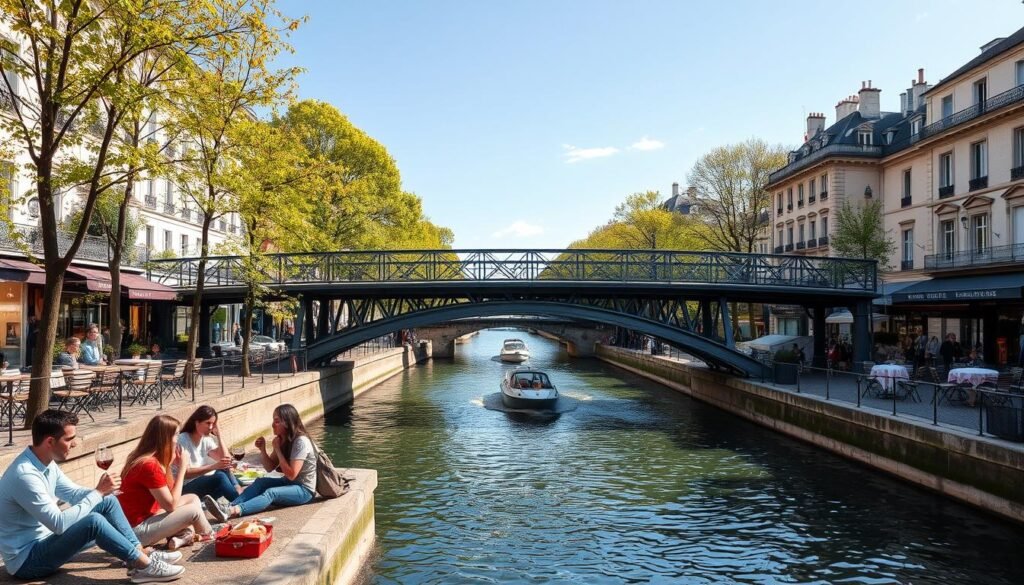
Straddling the 10th and 11th arrondissements, Canal Saint-Martin has evolved from an industrial waterway to one of Paris’s trendiest districts. The 4.5-kilometer canal, built in 1825 under Napoleon to supply fresh water to the city, now serves as the centerpiece for a bohemian neighborhood beloved by young Parisians.
The Canal’s Transformation
Once overlooked, Canal Saint-Martin has undergone a remarkable revival over the past two decades. The picturesque waterway with its iron footbridges and tree-lined quays has attracted creative entrepreneurs who have opened artisanal coffee shops, vintage boutiques, and independent galleries, creating a relaxed yet vibrant atmosphere.
Canal Highlights
- Pont Tournant – The fascinating rotating bridge that opens for boat traffic
- Quai de Valmy and Quai de Jemmapes – The scenic walkways flanking the canal
- Hôtel du Nord – The iconic hotel made famous by the 1938 Marcel Carné film
- Artazart – A design bookstore that’s become an institution for creative professionals
- Point Éphémère – A cultural center hosting exhibitions and concerts in a former warehouse
Where to Eat and Drink
The canal area excels in casual, quality dining. Du Pain et des Idées offers some of Paris’s best bread and pastries. For coffee, Ten Belles has become a neighborhood institution. Chez Prune provides the quintessential canal experience with tables overlooking the water. In summer, join locals for impromptu picnics along the canal banks with provisions from nearby shops.
Cruise the Canal Saint-Martin
Experience the charm of this picturesque waterway from a different perspective as you cruise through locks, under bridges, and past vibrant neighborhood scenes.
Practical Tips for Exploring Paris Neighborhoods
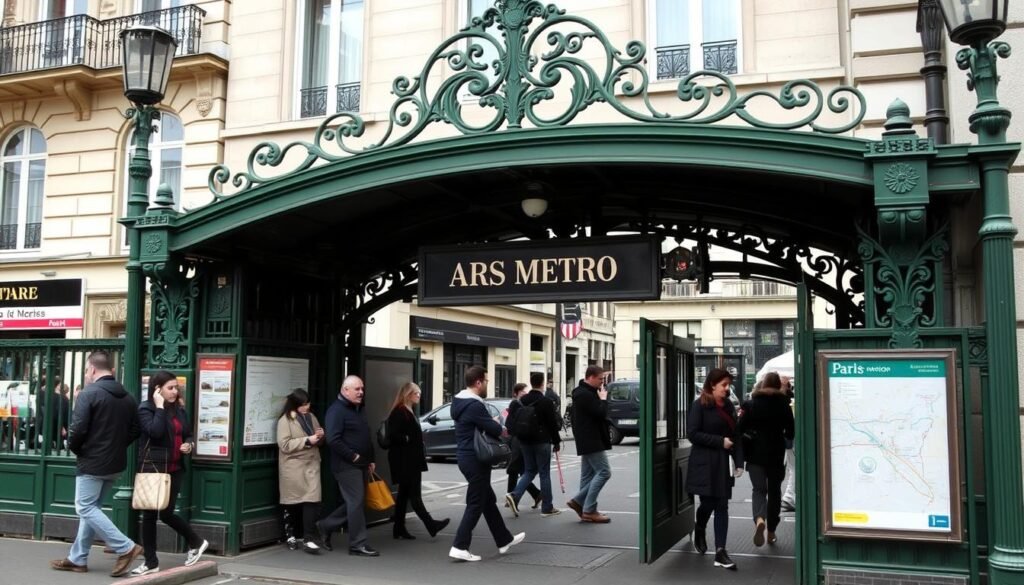
Navigating Between Neighborhoods
Metro and Public Transport
- The Paris Metro is the fastest way to travel between distant neighborhoods
- Purchase a carnet of 10 tickets for savings (or use Navigo Easy card)
- Line 1 (yellow) connects many major attractions east to west
- Line 4 (purple) is useful for north-south travel
- The last metro trains run around 1:00 AM (2:00 AM on weekends)
- Bus 69 offers a scenic route passing many major sights
Walking Routes
- Paris is a compact city—many neighborhoods are within walking distance
- From Le Marais to Canal Saint-Martin: 20-minute walk
- From Saint-Germain to the Latin Quarter: 10-minute walk
- From Belleville to Canal Saint-Martin: 25-minute walk
- Use the Seine as your reference point for orientation
- Walking along the Seine connects many central neighborhoods
Vélib’ Bike Sharing
Paris’s bike-sharing system, Vélib’, offers an excellent way to explore neighborhoods. With over 1,400 stations throughout the city, you can easily pick up and drop off bikes as needed. The city has expanded its network of bike lanes in recent years, making cycling increasingly safe and pleasant. Short-term subscriptions are available for visitors.
Navigate Paris with Confidence
Download the official Paris transport app for real-time updates, route planning, and easy navigation between neighborhoods.
Safety Tips and Tourist Advice
Safety Considerations
- Paris is generally safe, but remain vigilant in crowded tourist areas
- Be aware of pickpockets, especially on metro line 1 and at major attractions
- Northern parts of the 18th, 19th, and 20th arrondissements may feel less comfortable at night for solo travelers
- Keep a photocopy of your passport separate from the original
- Use hotel safes for valuable items
- Emergency number in France: 112
Avoiding Tourist Crowds
- Visit major attractions early morning (before 10 AM) or evening
- Explore residential neighborhoods on weekends when locals are out
- Avoid Montmartre and the Eiffel Tower area mid-day
- The Marais gets extremely crowded on Sundays—visit early
- August sees fewer locals but more international tourists
- Early May and late September offer ideal conditions
Cultural Etiquette
A little effort with French customs goes a long way. Always greet shop owners with “Bonjour” when entering and “Au revoir” when leaving. Keep your voice down in public spaces—Parisians tend to speak more quietly than visitors from many other countries. When dining, keep your hands visible on the table (not in your lap) and don’t expect quick service—meals are meant to be enjoyed slowly.
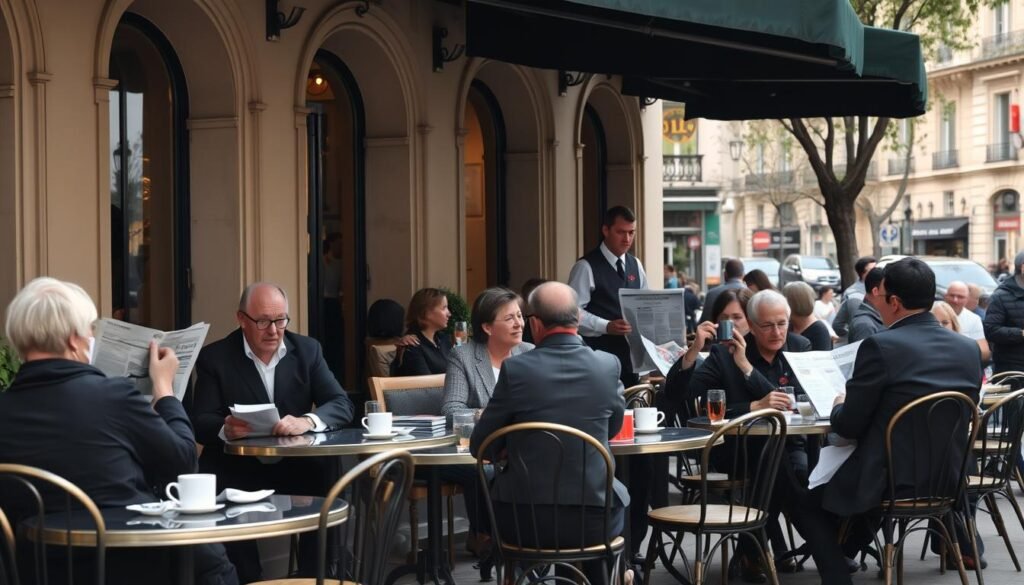
Experiencing Paris Neighborhoods Through the Seasons
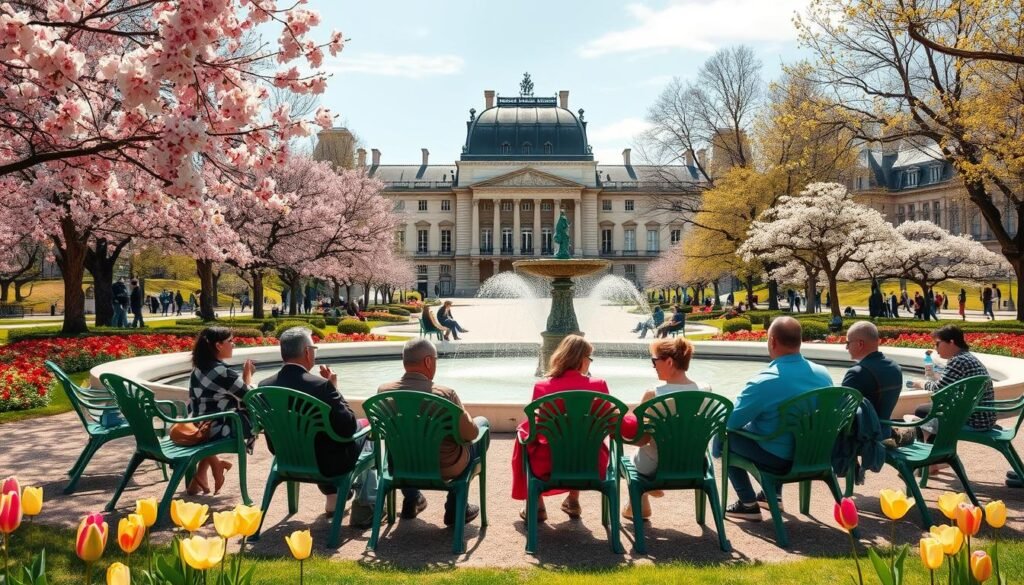
Spring
Paris blooms in spring, making it ideal for neighborhood exploration. The Luxembourg Gardens in Saint-Germain and Square des Batignolles showcase magnificent floral displays. Café terraces fill up, and locals enjoy picnics along Canal Saint-Martin. Spring brings numerous neighborhood festivals and the annual “Portes Ouvertes des Ateliers d’Artistes” in Belleville.
Summer
Summer transforms Paris with outdoor events like Paris Plages (urban beaches) along the Seine and Bassin de la Villette. Evening activities flourish with open-air cinema at Parc de la Villette and concerts in neighborhood squares. The annual Fête de la Musique on June 21st brings free performances to streets throughout all neighborhoods.
Fall
Autumn offers comfortable temperatures and fewer tourists. The Butte-aux-Cailles and Montmartre take on a romantic atmosphere as leaves change color. Fall brings cultural events like Nuit Blanche (all-night arts festival) and neighborhood wine harvests, particularly in Montmartre where the annual Fête des Vendanges celebrates the local vineyard.
Winter
Winter transforms Paris neighborhoods with holiday decorations and Christmas markets. Le Marais and Saint-Germain shops display elaborate window designs. Covered passages in the 2nd and 9th arrondissements provide shelter on rainy days. Winter is perfect for exploring neighborhood museums and enjoying extended meals in cozy bistros.
Conclusion: Creating Your Own Paris Story
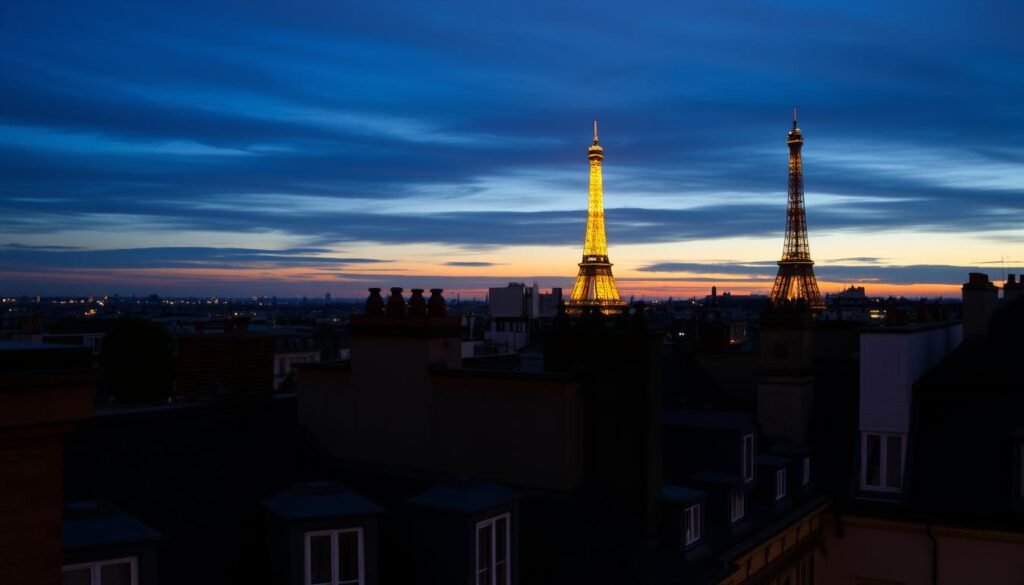
The true magic of Paris lies not in checking landmarks off a list but in discovering the unique character of its neighborhoods. Each district offers a different perspective on Parisian life—from the historic elegance of Le Marais to the artistic spirit of Montmartre, the intellectual legacy of Saint-Germain, the multicultural energy of Belleville, and the bohemian charm of Canal Saint-Martin.
By exploring these diverse neighborhoods, you’ll experience the authentic Paris that exists beyond the tourist highlights. You’ll find yourself lingering over coffee at a neighborhood café, discovering a hidden garden, or stumbling upon a local festival. These moments—more than any famous monument—will form your most treasured memories of the city.
The Paris of postcards is beautiful, but the Paris of neighborhoods is where you’ll find the city’s soul. So venture beyond the obvious, wander down side streets, and allow yourself to get pleasantly lost. In doing so, you won’t just visit Paris—you’ll experience it as Parisians do, creating your own unique story in the City of Light.

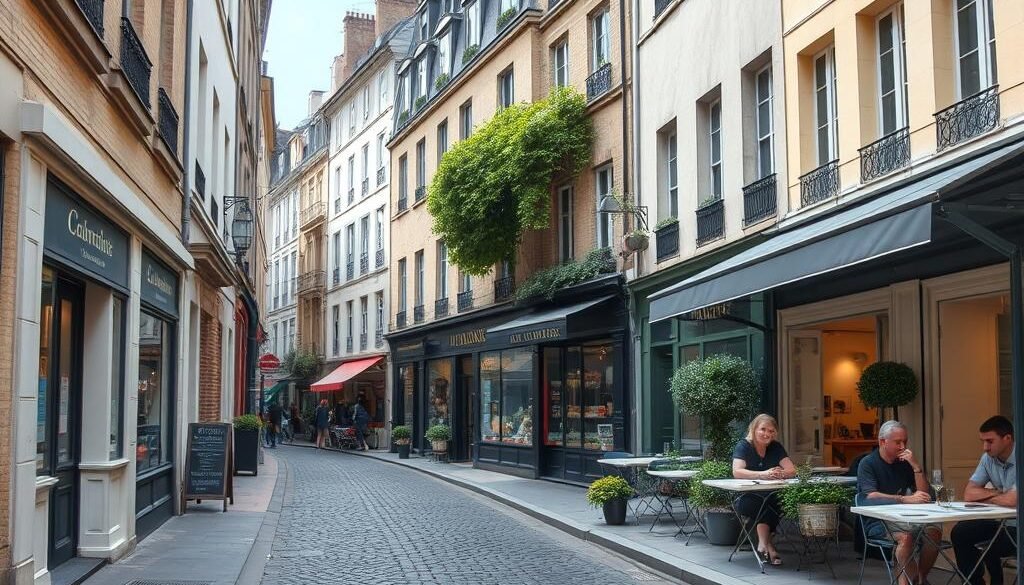
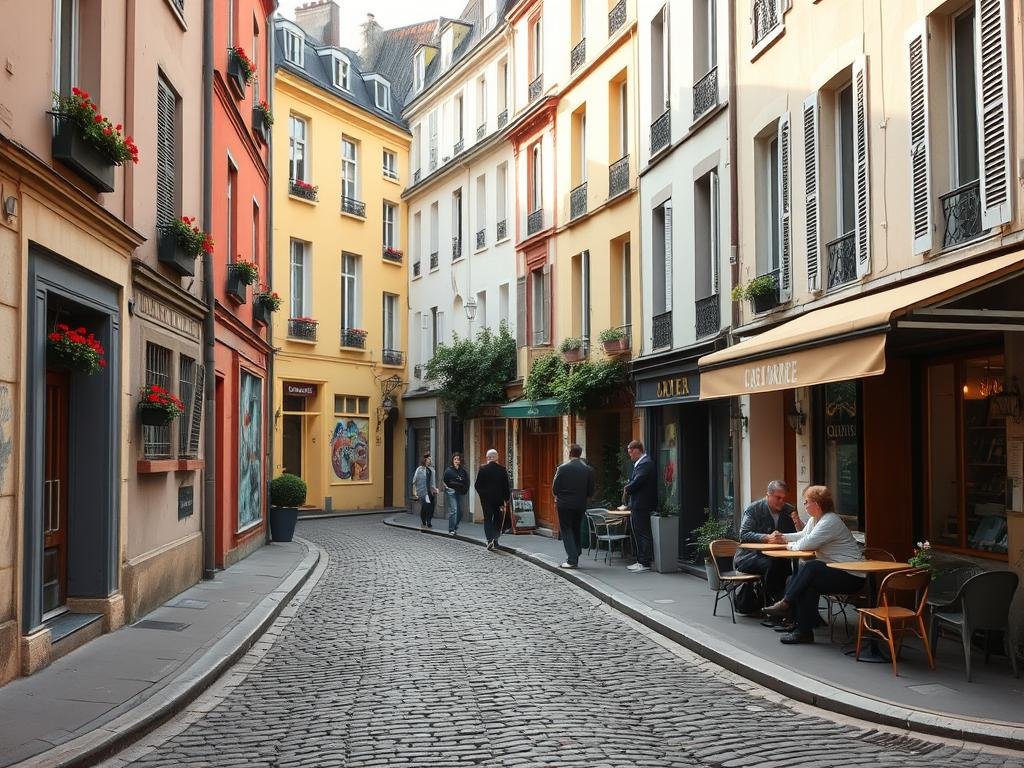
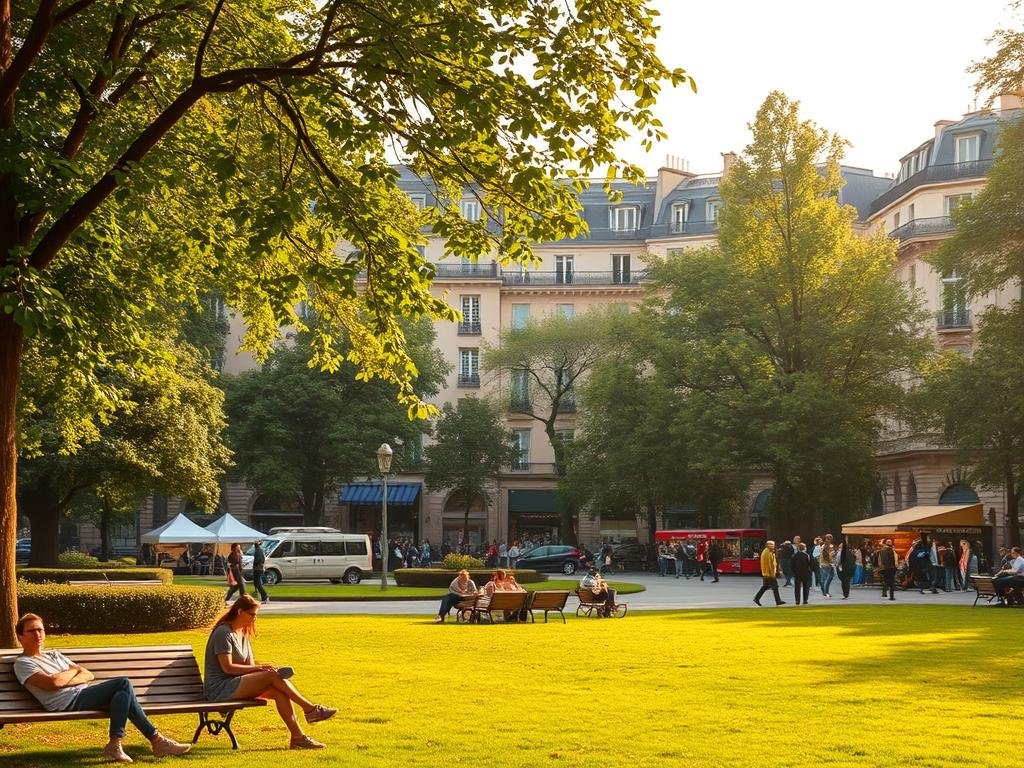

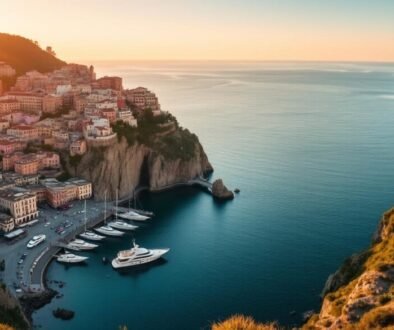
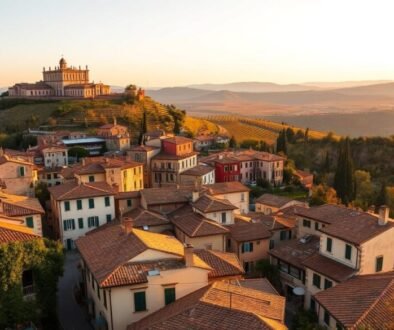
Ultimate Summer in Paris Travel Guide: Insider Tips for an Unforgettable Visit – divamiles.com
May 25, 2025 @ 12:59 pm
[…] Explore Neighborhood Guides […]